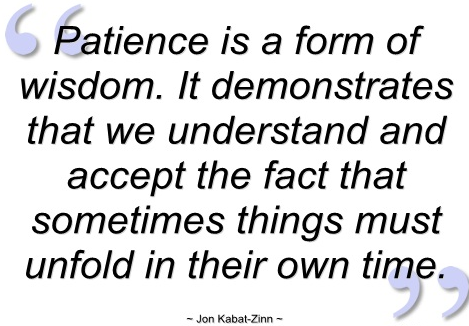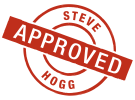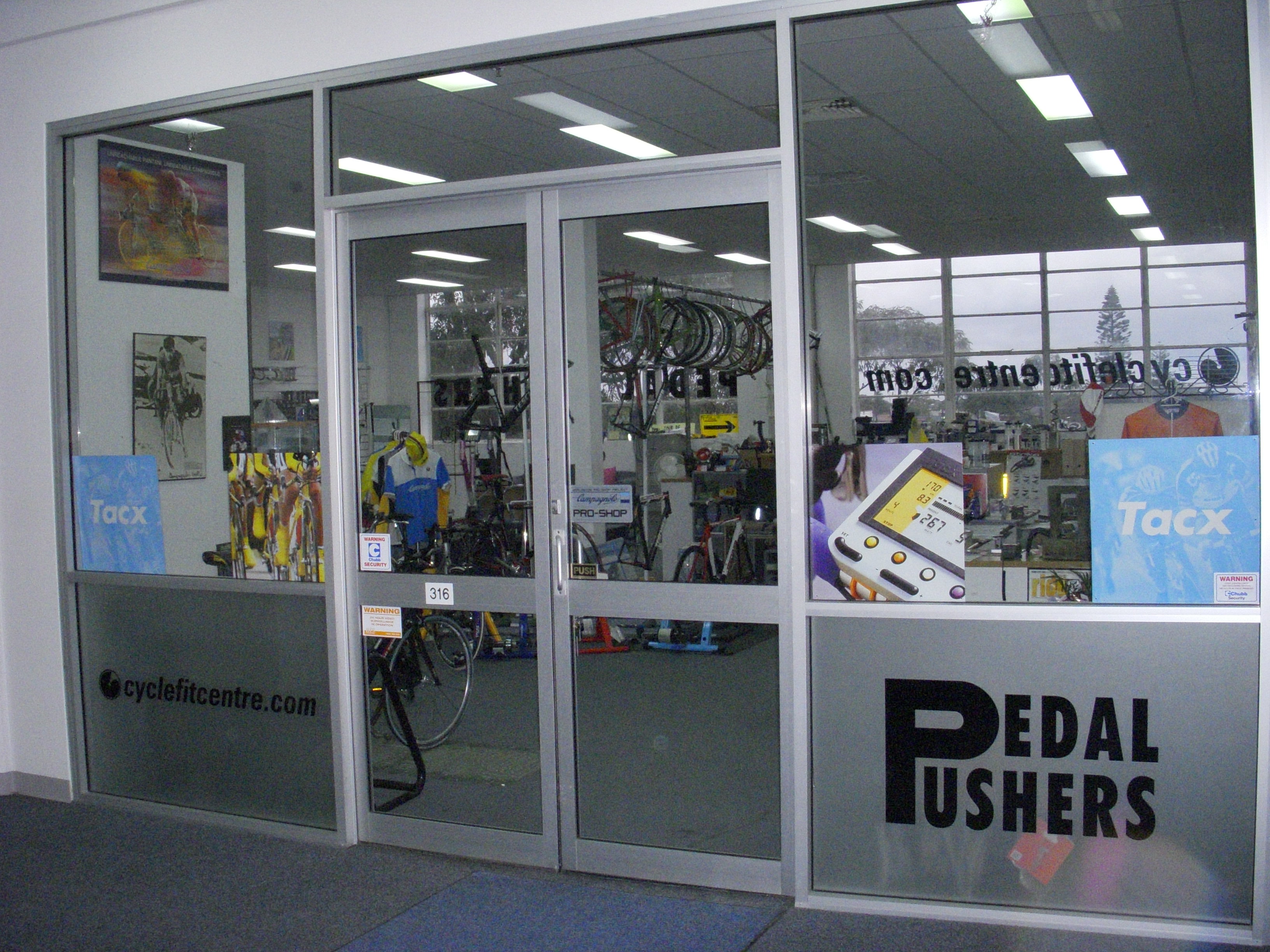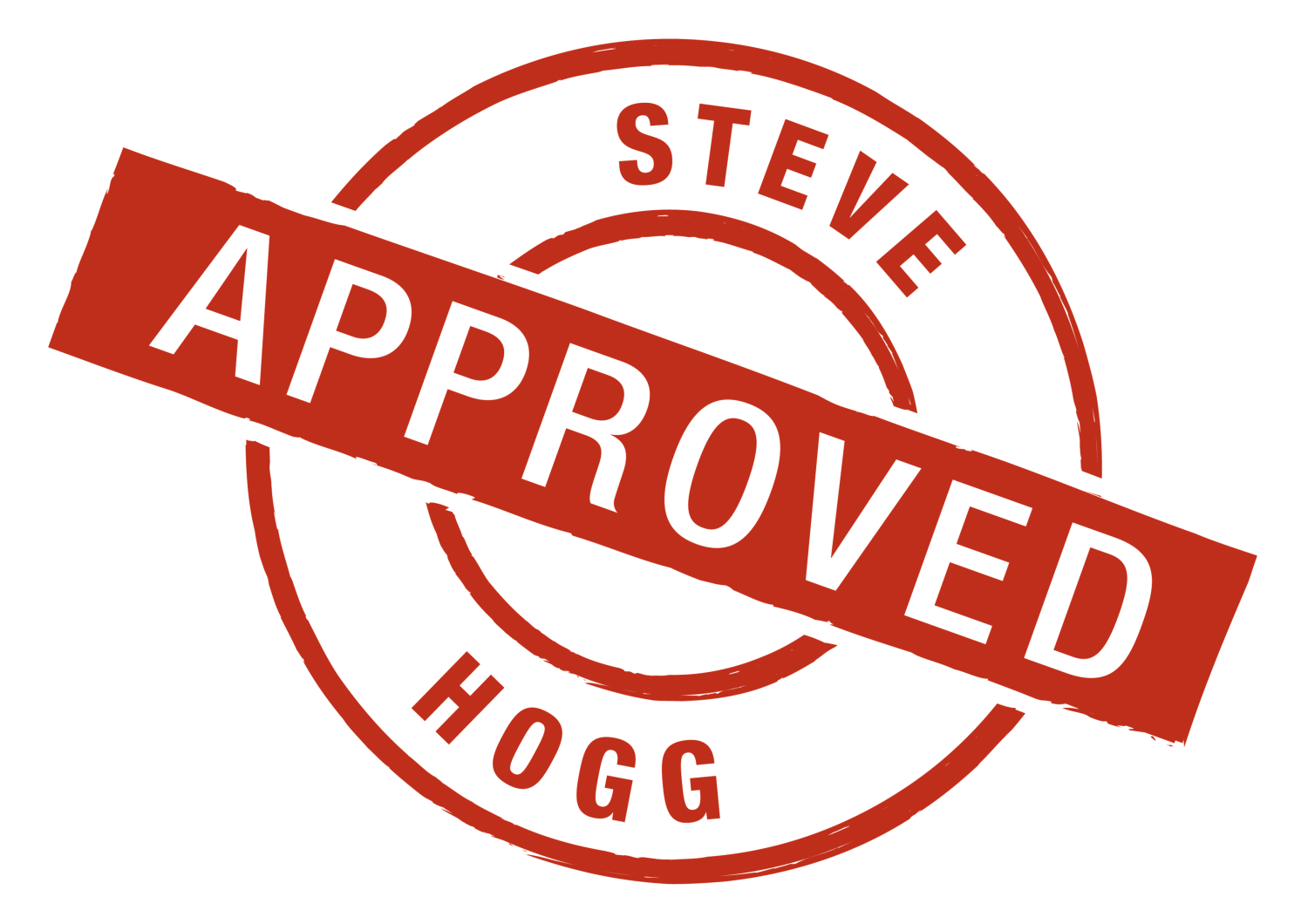Last Updated on May 26, 2014 by Steve Hogg

I’m writing this post because I get a regular stream of emails from bike fitters that I respect who relate stories about fit clients who nodded their heads at the right time; said they understood completely and agreed that positional adjustments require time for the body to adapt……………………………and then made significant changes to the position the fitter had given them within 3 or 4 days of being fitted. Why?
Because they didn’t get an instant performance hit
Or their power meter said that their watts had dropped
Or they bombed out in the race they rode a few days after the fit
Or…………..any other reason that doesn’t stand up to logical scrutiny.
This post is intended for those clients. If you are not one of those people, what follows is not intended for you. If you are one of those people, you need to get something straight, right now.
You have consulted a bike fitter because you have a problem. The problem may be pain, discomfort, poor performance or any combination of these; it doesn’t matter. You just want a result which is a reasonable expectation. The quality of the result you get relies on two people to cooperate in your best interests. The first person is obvious. It is the bike fitter you have chosen. You have every right to expect their best care and attention.
The second person may not be so obvious. It is YOU. Yes YOU, who consciously or otherwise may think you are an exception. An exception in the sense that in your heart of hearts, you know that the normal ‘rules’ don’t apply to you, even though you recognise that they apply to everyone else. The longer I’m in this business the more I’ve learned that THERE ARE NO EXCEPTIONS. The same rules apply to everyone.
RULE NO 1. Don’t expect instant gratification.
If your position has been changed, you need a period of time for your body to adapt. NO “ifs”, NO “but’s”, No “exceptions”. Whatever the issues with your previous position, you are used to functioning like that. You have developed a motor pattern (muscle firing sequence) dictated by your Central Nervous System (CNS) appropriate to that position no matter how good, bad or indifferent the position was. Now that you have a different position, your CNS and the muscles that it controls do not instantly adapt. They need time and repetition at LOW to MODERATE intensity to learn the optimal muscle firing sequence for that new position. For instance, if your seat has been lowered, you will still be pushing down on the pedal when the crank is starting to rise after the bottom of the pedal stroke. In effect you will be producing force counter productively and feeling weak and powerless in the process.
If your seat is moved forward or backward, you will have changed the relative degree to which various muscles involved in applying force to the pedals are enlisted. Some muscles that are not used to being loaded will be loaded more. Some muscles that are used to being loaded may be loaded less. You need time to adapt. Each positional change or suite of changes requires you to function differently.
RULE NO 2. If advice is worth paying for, it is worth following.
When you visit a doctor with a health problem, do you follow their advice?
If your answer is “Yes”, give yourself a pat on the back. Whether the doctors’ advice is right or wrong is not the point. The point is that you aren’t able to judge the quality of the’ advice you’ve been given unless you follow that advice to the letter. Not “more or less”; TO THE LETTER! Only when you have followed that advice are you qualified to have an opinion about the quality of that advice.
If your answer is “No”; at best you are taking an unnecessary risk and at worst you’re a fool. You have consulted someone with expertise that you don’t possess. You have paid a fee for that expertise…………..and then ignored it. If you don’t follow the advice given, your opinion about the quality of that advice has no basis. It is a guess, a bias, a fantasy. Whatever it is, it is not based on your experience because you didn’t hold back for a few weeks to gain the experience on which to base an opinion.
I strongly advise everyone I fit to ride at low to moderate intensity, not to race and not to climb any steep hills, for 3 weeks post fit session. Why?
Long experience tells me that that is as long as it takes the vast majority to adapt completely to a new position. The 3 week period assumes that the rider is riding a minimum of 3 – 4 times per week. From the 4th week onward, ride as hard as you like unless there is a good reason not to.
RULE NO 3. Don’t use a single metric to judge how well you are performing.
I’ll relate a tale of my own. A few years back I had a client who was a successful elite racer. His major issue was chronic low level back pain and left side hamstring issues. Every Euro season, he would have to miss several weeks of training and racing because of these problems but he was never silly enough to let himself become severely injured by them. Plenty of stretching and stability work combined with a week or two off the bike over a season and he was okay again. His problem was that sometimes the periods where he needed time off the bike coincided with important races and his team were a bit testy that as a senior rider, he sometimes couldn’t ride the entire race schedule that they had mapped out for him.
Okay, I altered his position prior to the start of the season and gave him sundry other advice that he followed to the letter. We stayed in touch and about 10 months later I received a mail from him stating his disappointment with the fitting session with me. His dissatisfaction was because his max 1 hour power was down by 20 watts compared to before the fitting. My reply was 3 fold:
1. How many races have you missed that you had planned to ride?
2. How many days of training have you missed through injury not associated with crashes?
3. How happy are the team with your performance?
The first two questions were answered with “None”. The 3rd question was answered with “Very happy. They are extending my contract”.
So I replied “Where is the problem then?”
“But my power is down 20 watts”.
I actually like this guy and was tolerant with him. “So you’re telling me that you haven’t missed a race this season, for the first time in 6 years; that you are performing well enough to keep the team happy and that you are finishing more races. Power is a number, that is all it is. Yes you were producing 5% more power previously. The cost of that additional output was injury, not being able to ride crucial races, and that you always had niggling issues. I have given you a position more attuned to what your body will cope with and you are now performing to the limit of what your body will tolerate without injury.
He mulled this over for several days and got back to me saying that he hadn’t considered that. That his training was power based and his focus was mainly on the numbers. He told me that he was now happy.
The moral of the story is that when you judge your performance after a fit; judge your overall performance, not just one aspect or one parameter of it. I hasten to add that doesn’t mean that a bike fit necessarily means a drop in output. I have plenty of clients who tell me that their wattage has increased post fit. Each case is individual and so is each response to changes.
RULE NO. 4 The result of your fit will only be as good as your patience during the period of adaptation
It is important to follow the precepts listed in Rule 1. When you ride at a heart rate below 70 – 75% of maximum, you will adapt well because your cardiovascular and nervous systems are not under any great pressure. Once heart rates rise much above that, you will automatically attempt to fall back into patterns of motion that you are used to……………which won’t work very well because you now have a different position. So if you do give in to the tendency to ride harder, sooner than suggested, post fit, don’t be surprised if you feel weak and powerless. You are firing muscles out of sync with the demands of the new position. The quick solution is to reduce effort to below 75% of max heart rate. The slow solution is to attempt to crash through…………or crash, by continuing at higher intensities. The slow solution also increases the risk of injury substantially.
The message is simple. Whether you are paying someone else to fit you or are attempting the self help approach, hasten slowly and be PATIENT. Too many people seem to spend valuable cycling time in a revolving door of bike fitters and health professionals because though they listen, they don’t follow what they are advised to do. To make it really plain, bike fitters aren’t a perfect breed either, but you won’t know whether the one you have chosen is the real deal or not unless you follow their advice. Be PATIENT.
Addendum 26.5.14.
I’ve just had an experience which underlines the importance of everything I’ve said above. I have a client that I will call Jacko who races fairly seriously. I’ve fitted him several times over 15 years and sold him two custom bikes, the most recent, a Seven, 6 or 7 years ago. For various reasons, I haven’t seen much of him in the last 5 years. Jacko contacted me and told me that in an effort to improve, he’d acquired a coach a couple of years ago and that the coach has been encouraging him to get a power meter which he had recently done in the form of Garmin Vector pedals. What was bugging Jacko is that the Garmins constantly showed his average left / right power split to be 53% left / 47% right. It had been 5 years since I last looked at him on a bike and in that time he had changed shoes several times. Basically he wanted me to do whatever it took to allow him to produce a 50/50 left to right power output.
When he arrived I soon found that in the several changes of shoes since I’d last worked with Jacko his cleat position had drifted forward, a small shim that I’d installed under his right shoe had gone missing with the change from Speedplay to Garmin pedals and his Esoles had worn out and not been replaced, leaving him with standard Sidi insoles. We ran a 20 minute test on Jacko with his position unchanged and his left / right output was as he had said; left 53% / right 47%. I made minor changes to Jacko’s position, sorted out his cleat position and refitted a small shim under the right cleat and new G8 insoles. Time for another 20 minute test. The result was left 52% / right 48%, a modest gain only.
I asked Jacko to let me know how he fared over the next 3 – 4 weeks and sent him on his way. A bit over 4 weeks later Jacko came by and told me that during the first week after the changes, while he felt better on the bike his average left / right output had worsened to left 56% / right 44% but then began to improve steadily over the next 2 weeks. The weekend before, he had ridden a criterium on the Saturday and a 100 km fast bunch ride on the Sunday. His average power split for both had been 50/50 which made him very happy. Moreover, on the 2 training rides he had done this week, his power split was still 50/50..
The point of relating Jacko’s experience is that if he had made a decision about how well I had done my job anytime in the 2.5 weeks or 3 weeks after seeing me, it would have been that the job hadn’t been done. In actual fact, it had, but as with all changes, the human central nervous system needs time to retrain itself to the demands of altered inputs from positional changes. Be patient.
Note: Often, more specific answers to your questions can be found in the Comments below or in the eBooks section and FAQ page.
To learn more about bike fit products offered by Steve, click here.
Do you have a bike fit success story? Please go here to share.
Thank you for reading, return to the Blog page here or please comment below.




